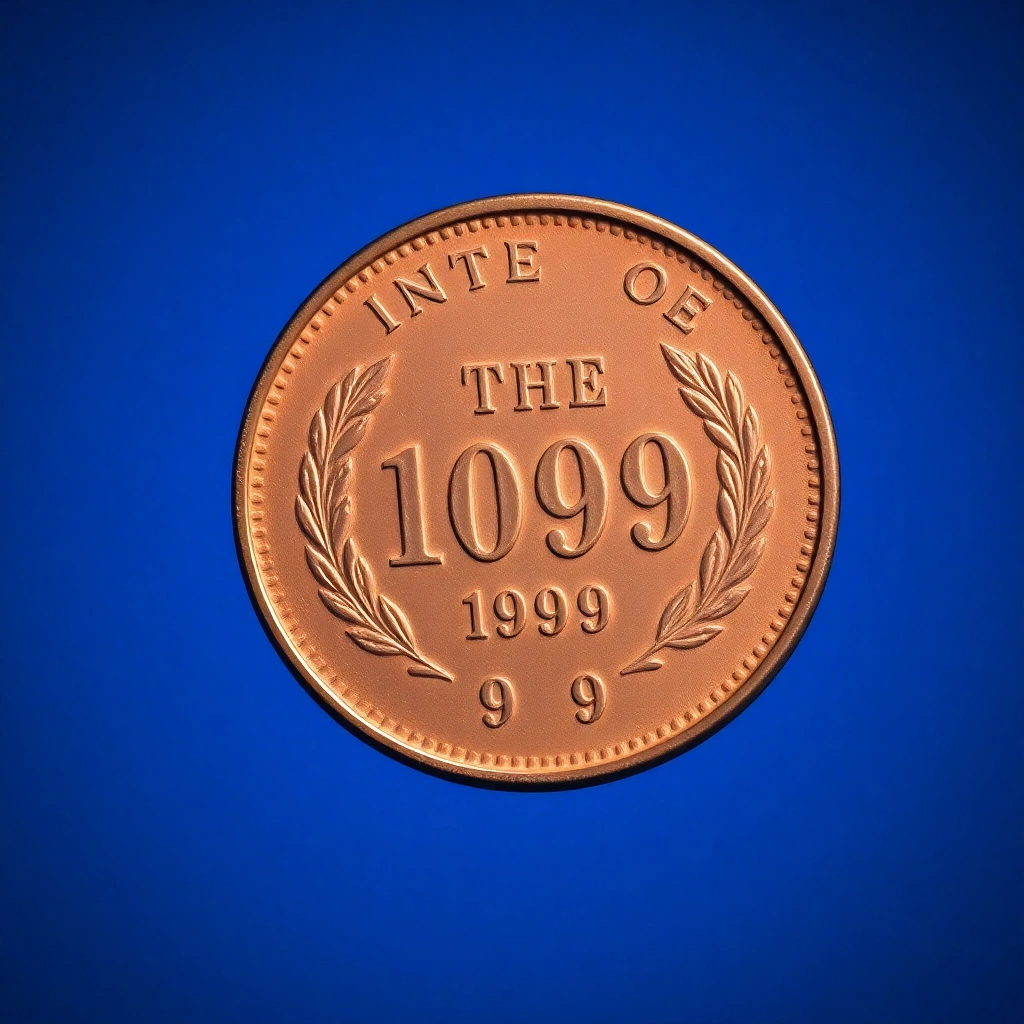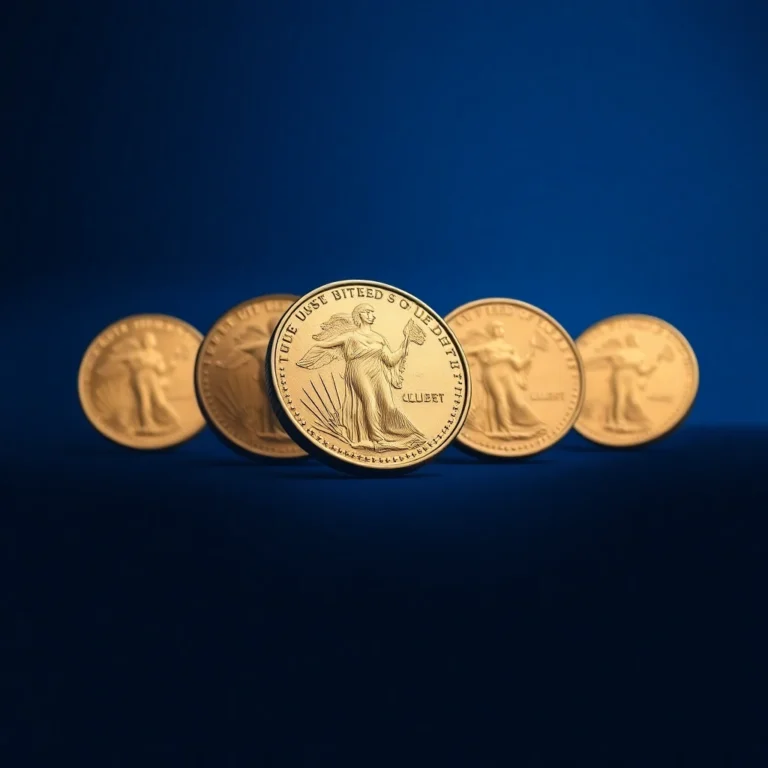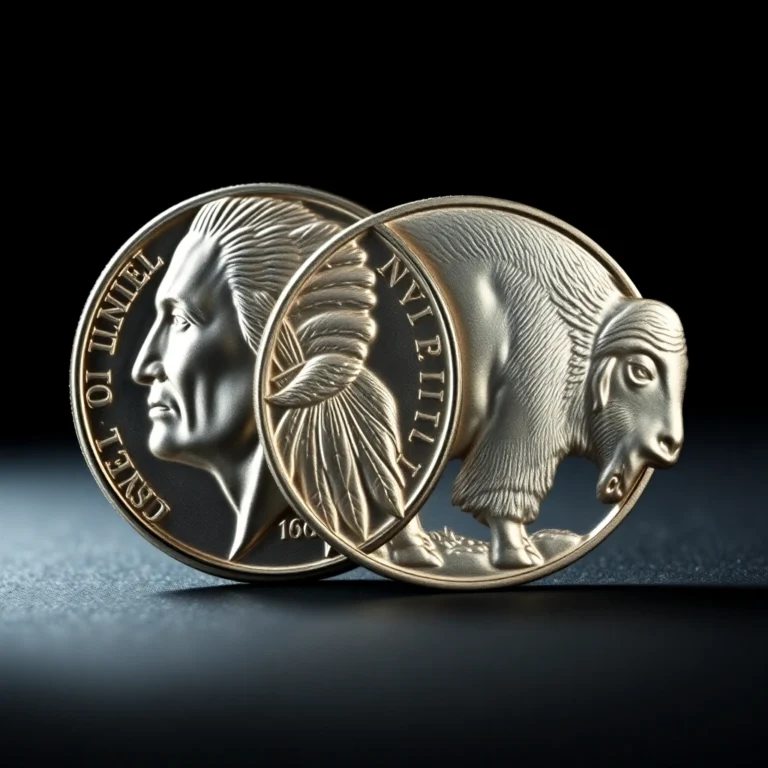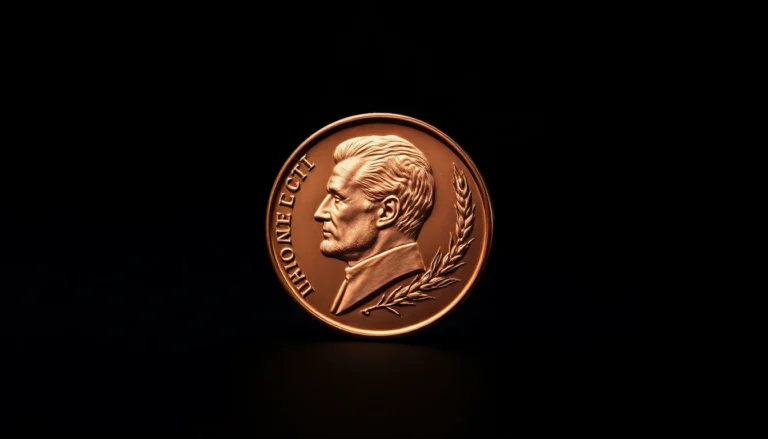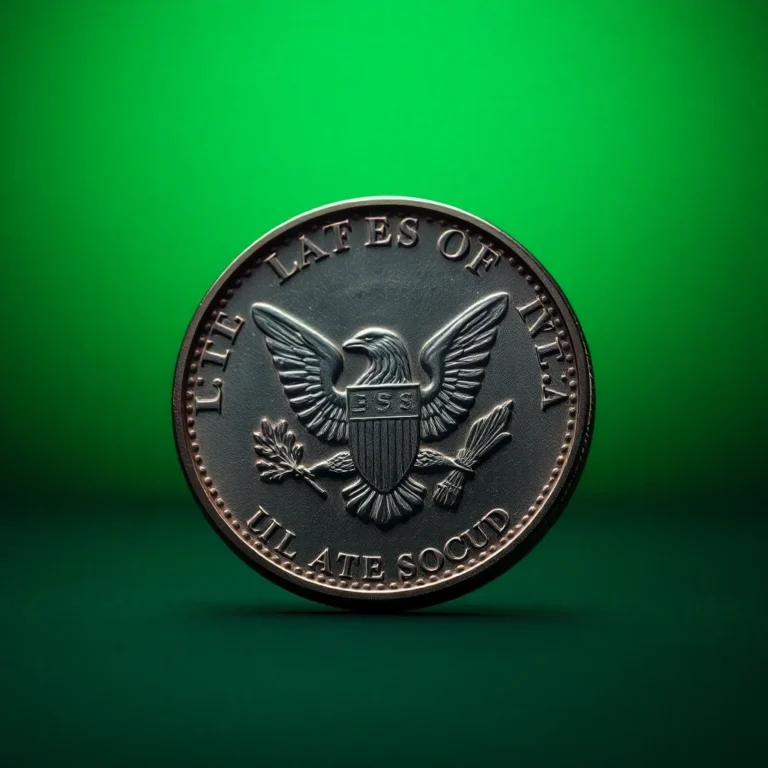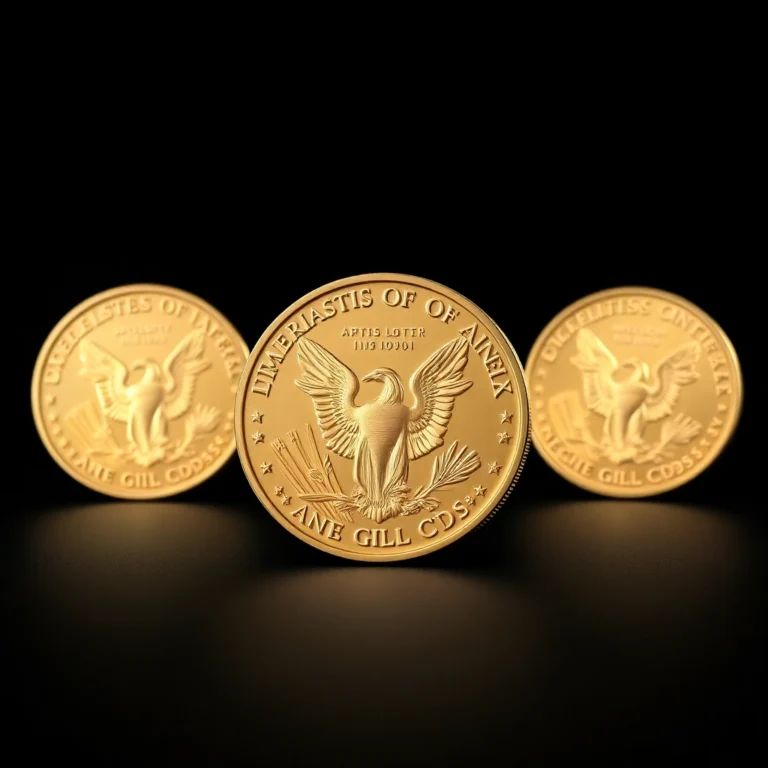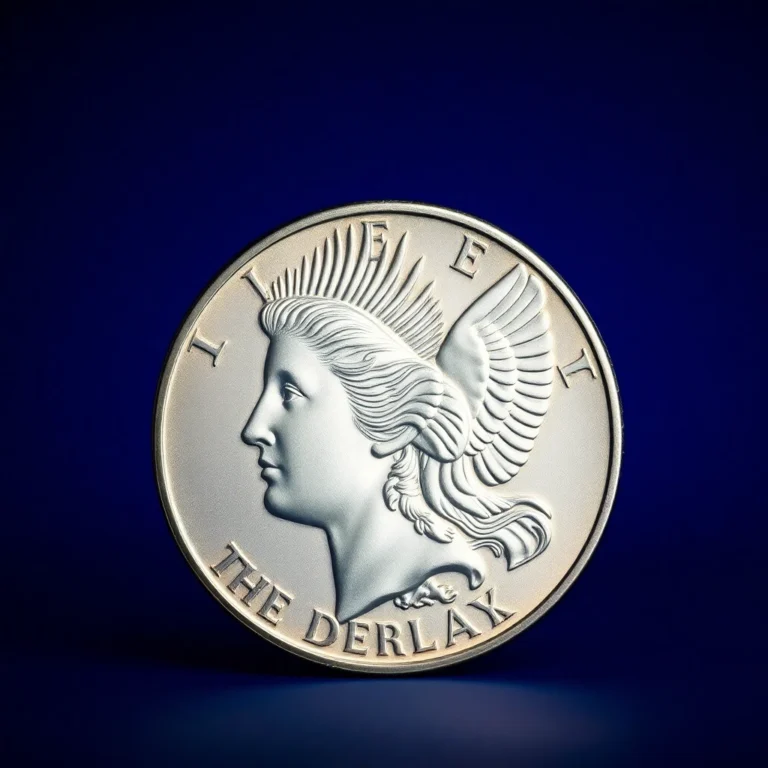Imagine holding a piece of history in your palm, a copper relic that has journeyed through over a century of American life. The Lincoln Penny, first minted in 1909, is more than just a small denomination of currency; it is a testament to the evolution of design, politics, and American culture. For numismatists, this humble coin offers an exciting narrative filled with iconic changes and elusive rarities that capture the imagination. From the first issue honoring Abraham Lincoln’s centennial to the modern-day varieties, this penny encapsulates a trove of stories waiting to be discovered.
In this article, you’ll trace the fascinating transformation of the Lincoln Penny, exploring pivotal design shifts and uncovering the secrets behind its most sought-after versions. For collectors, understanding the nuances of these coins isn’t just an academic exercise—it’s a thrilling quest for treasures that may be hidden in plain sight. Delve into the timeline of this enduring currency and see how minting variations have created some of the most coveted rarities in the numismatic world. Who knows? You might just find a valuable surprise lurking in your pocket change.
Historical Background and Significance
The Lincoln Penny, first introduced in 1909, marked the centennial of President Abraham Lincoln’s birth and was the first U.S. coin to feature a real person’s likeness. Designed by Victor David Brenner, the coin’s issuance coincided with a shift in American numismatics that began to honor historical figures over allegorical representations. Despite its humble face value, the Lincoln Penny has become a cornerstone of American coin collecting, with certain varieties and errors becoming highly coveted among enthusiasts.
Physical Characteristics and Design
The original 1909 Lincoln Penny was composed of 95% copper, 5% tin and zinc, measuring 19.05 mm in diameter and weighing 3.11 grams. The obverse features a profile of Abraham Lincoln, while the reverse initially displayed two wheat ears, commonly referred to as the “Wheat Penny.” In 1959, the reverse design was changed to the Lincoln Memorial to celebrate Lincoln’s 150th birthday.
Mintage Figures and Rarity
Mintage figures vary significantly across different years, with the 1909-S V.D.B. being one of the most famous rarities due to a limited production run of only 484,000 coins. In contrast, billions of pennies have been minted annually in recent years, making modern Lincoln Pennies abundant and generally less valuable.
Known Varieties or Errors
Certain Lincoln Penny varieties and errors are particularly valued by collectors. Notable mentions include the 1922 “No D” variant, the 1955 Double Die Obverse, and the 1943 Bronze Cent. These errors occurred during the minting process, often due to die misalignments or incorrect planchet compositions.
Value Information
Lincoln Penny values can vary widely based on rarity, condition, and demand. Below is a table illustrating the current market values for some key date and variety Lincoln Pennies:
1909-S V.D.B.
| Grade | Value Range |
|---|---|
| Good (G-4) | $700-$800 |
| Very Good (VG-8) | $900-$1,100 |
| Fine (F-12) | $1,200-$1,500 |
| Very Fine (VF-20) | $1,800-$2,100 |
| Extremely Fine (EF-40) | $2,500-$3,000 |
| About Uncirculated (AU-50) | $3,500-$4,000 |
| Mint State (MS-60) | $5,500-$6,500 |
| Gem Mint State (MS-65) | $10,000-$15,000 |
1955 Double Die Obverse
| Grade | Value Range |
|---|---|
| Good (G-4) | $600-$700 |
| Very Good (VG-8) | $750-$900 |
| Fine (F-12) | $1,000-$1,200 |
| Very Fine (VF-20) | $1,800-$2,200 |
| Extremely Fine (EF-40) | $3,000-$4,000 |
| About Uncirculated (AU-50) | $5,000-$6,000 |
| Mint State (MS-60) | $8,000-$10,000 |
| Gem Mint State (MS-65) | $25,000-$30,000 |
Authentication Tips
Authentication of Lincoln Pennies, particularly rare varieties, is crucial to ensure legitimacy. Collectors should look for clear and consistent details in the design, proper weight, and inspect the edges for any signs of tampering. Professional grading services can provide certification and peace of mind.
FAQs
How is the value of a Lincoln penny determined, and what role does grading play?
The value of a Lincoln penny is influenced by its rarity, condition, and demand among collectors. Grading plays a crucial role as it assesses the coin’s condition, from circulated to mint state. A higher grade usually means a higher value. Professional grading services can provide an unbiased evaluation to help determine a coin’s market value.
What are some tips for authenticating a Lincoln penny to avoid counterfeits?
To authenticate a Lincoln penny, examine its weight, diameter, and thickness, as genuine coins will match official specifications. Look for sharp, clear details, especially in high-wear areas like Lincoln’s hair and beard. Use a magnifying glass to check for any signs of tampering or unusual surface texture. Consulting with a professional coin dealer or using a certified grading service can also help ensure authenticity.
What advice would you give to someone starting a Lincoln penny collection?
Begin by collecting date and mintmark varieties within your budget, focusing on completing a set from a specific decade or era. Learn about key dates and rare varieties to understand what makes some pennies more valuable. Consider joining coin clubs or online forums to connect with other collectors and gain insights. Always store your coins properly to preserve their condition.
Why is the Lincoln penny considered historically significant?
The Lincoln penny, first issued in 1909, was the first U.S. coin to feature a real person’s likeness, marking a shift in American numismatic tradition. It commemorates the centennial of Abraham Lincoln’s birth and reflects the nation’s respect for him as a leader. The penny’s design and composition changes over the years also tell the story of America’s evolving economic and cultural landscape.
What are some common varieties and errors found in Lincoln pennies that collectors should be aware of?
Collectors should look out for the 1909-S VDB, a key date with limited mintage, and the 1955 doubled die, which exhibits clear doubling on the obverse. Other notable varieties include the 1922 no D mintmark error and the 1943 steel cent. Familiarize yourself with these and other anomalies, as they can significantly enhance the interest and value of a collection.
